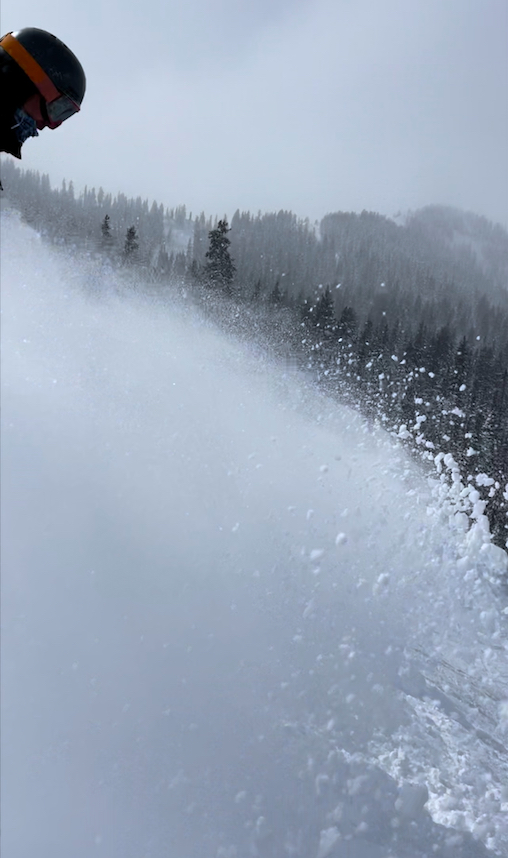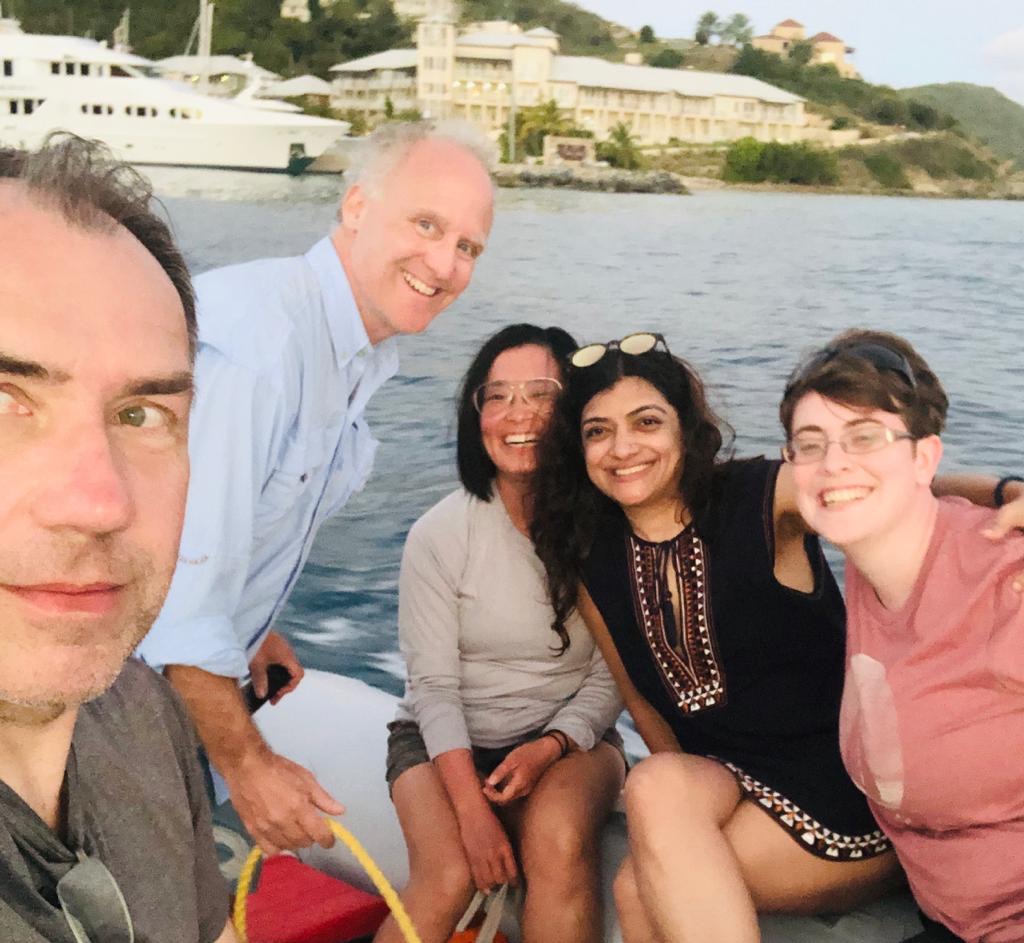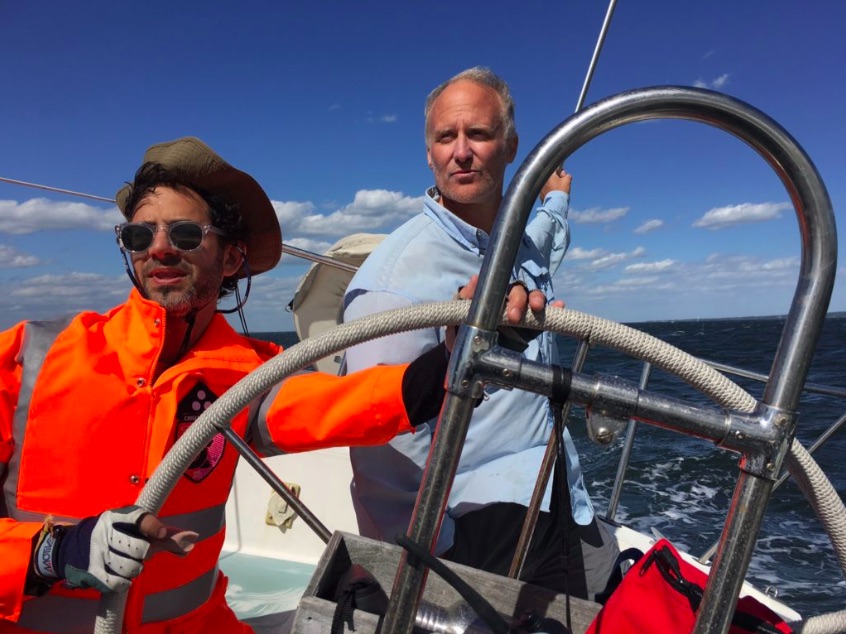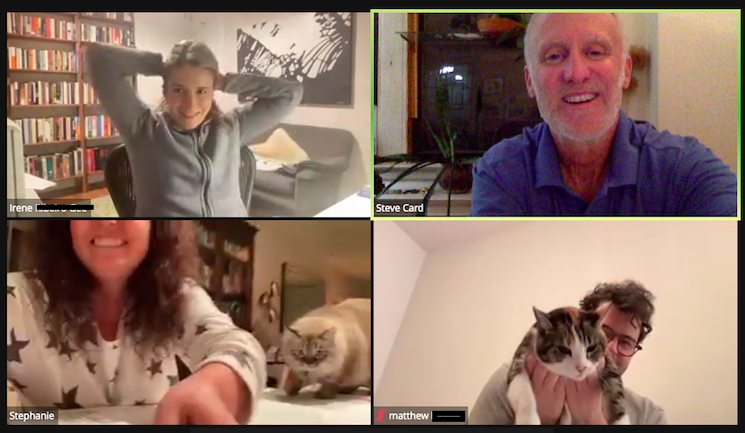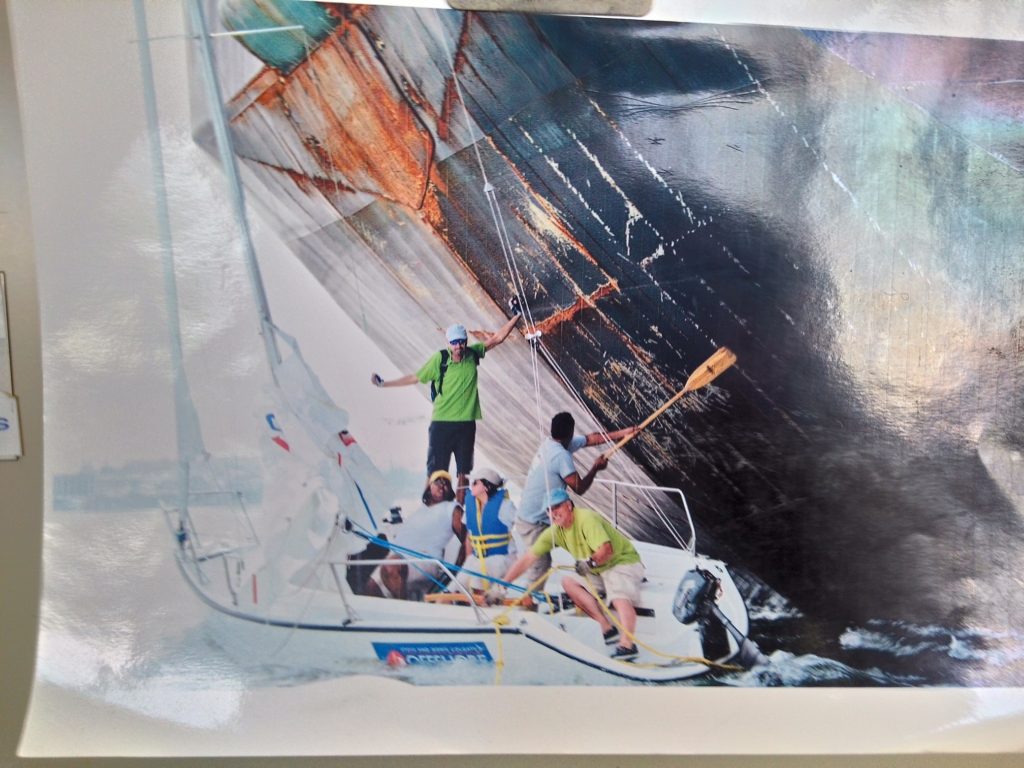Until it isn’t… or is that Brighton, Utah? The weather has been wild all over, but we’re starting to teach people how to sail in Brooklyn and ignoring the powder out yonder.
We started on April 4, did a few lessons, resume this week with a private on Wednesday, and take a break for our Virgin Islands Sailing Vacay (BVI). After that, our first full Start Sailing course of the season kicks off on May 6.

The little guys above are Sunnies! That’s a nickname for Sunfish, one of the world’s most well-know sailboat classes. There are a ridiculous number of them worldwide accumulating since they were born in… 1947!!! I most certainly did NOT know they went back that far. By the time the Sunfish turned 50, there were over 300,000 of them. They’re a competitive racing class with well attended world championships. I’ve sailed them once or twice, along with the similar Sailfish.
That shot was posted to promote the Sebago Canoe Club‘s spring regatta, which involves Sunnies and Lasers (which I’ve raced extensively). Sebago is in Jamaica Bay, a short ride away from our Sheepshead Bay location at Miramar Yacht Club. Like Miramar, Sebago is a cooperative and all members give service to the club to help run it and keep costs down.
So, the Sunnies will be out in force. How about us?
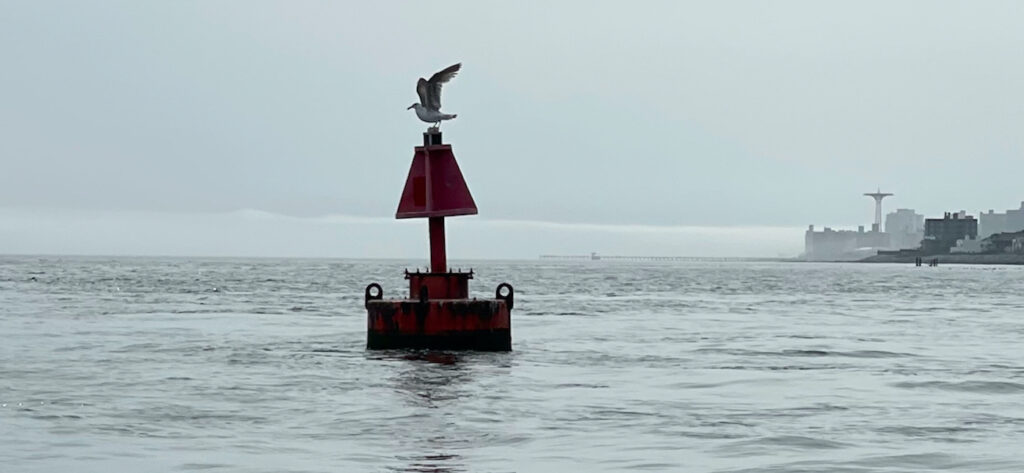
We’ve been sailing off Brighton Beach. That’s next to Manhattan Beach. But… it’s not in Manhattan. We don’t do Manhattan for sailing. Brighton is on Coney Island, facing south toward the Atlantic, and almost there. Directly across Rockaway Inlet is Breezy Point. If Montauk is “The End,” as the bumper stickers say, Breezy is the beginning. It’s the very start of continental Long Island, and where New York Bay meets the Atlantic.
Brighton was a bit cloudy and more than a bit foggy the last time we were out. It happens. There was enough wind to sail after being almost becalmed briefly. That’s super rare here. Remember… Breezy. The area has its own micro climate, with fair weather far more often than foul. Last season, we did five full learn to sail schedules there, spread out over the whole summer and early fall. We also did numerous private lessons. How many times did we cancel due to thunderstorms? Zero. Not so with our old digs at City Island. “It’s (almost) always sunny at Breezy and Brighton.”
How about Brighton, Utah? Still snowing!!! They just got some more, and have little more on the way. As of this writing, they’re still 100% open. Every. Single. Trail. And, all the glades. 65 big runs, at the little big mountain in Big Cottonwood Canyon.
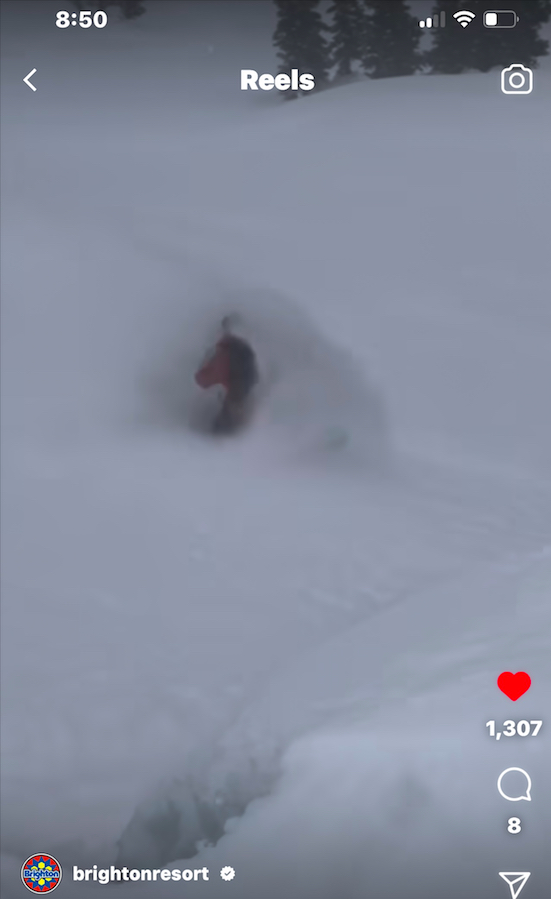
Who cares? Anyone interested in both sailing and snowsports; anyone concerned about climate change. The Wild Winter that Was out West broke many records. We might not be glad that it did. Add in the drought we had on the East Coast this winter, and the spring tornados that have wrought havoc on the southeast, and who knows what to expect going forward.
Down around Breezy and Sheepshead Bay, for at least the foreseeable future, we can count on afternoon sea breezes most days, with virtually no risk of thunderstorms. It is known. We’ll take it, and take our chances with what happens when the next winter comes.
VIDEO CLIP:
